Table of contents
Meet 10 plants that bring luck and prosperity!

The use of plants in decoration to attract luck to the home is a recurring practice in various cultures, but it became widespread due to the influence of oriental esoteric strand called Feng Shui. According to the belief, the balance between the elements of nature can promote harmony at home and attract positivity.
Plants represent the element earth and some also water. The earth is associated with the concept of prosperity and abundance because it is the source of all nutrition. For this reason, the use of plants at home can give a helping hand to those who wish to attract prosperity. Discover here the 10 plants that can bring luck and prosperity:
Lucky bamboo
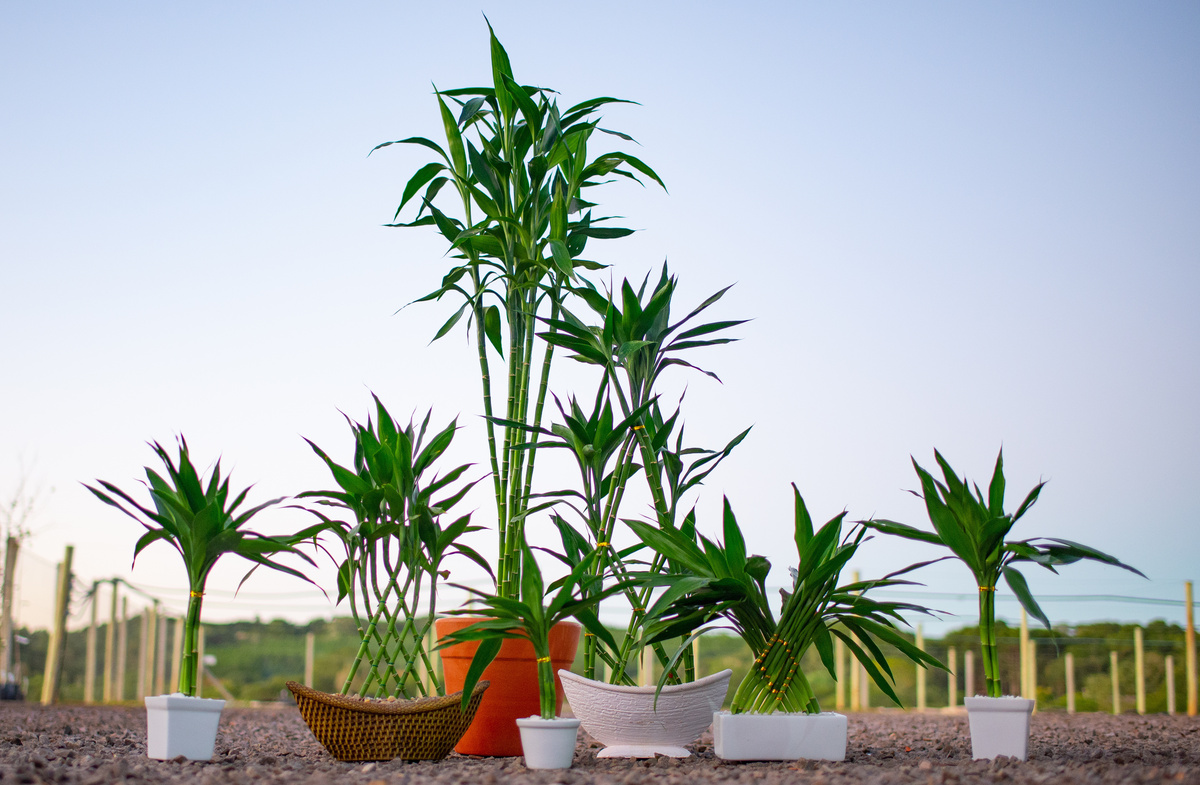
Lucky bamboo is a plant that has an ancient history of association with luck and prosperity in the home. From its leaves to its stems, all elements present in this plant have a mystical meaning associated with it. Learn about its history and learn how to grow lucky bamboo here:
Origin and history
The plant is originally from the African continent, but after being taken to the East it gained new esoteric meanings. In Chinese culture the lucky bamboo represents not only luck, but also prosperity, health and love. Depending on how many stems make up the lucky bamboo its meaning changes, according to the belief.
Despite having "bamboo" in its name, the lucky bamboo is not, in fact, a bamboo, as it belongs to the Ruscaceae family, just like the dracaena. Its history is directly linked to Feng Shui, a belief that believes in the power of energy balance through the use of nature's elements in the home.
Benefits attracted by the plant
In addition to the aesthetic benefits resulting from the use of the plant in home decoration, the lucky bamboo can also attract different mystical benefits, depending on the details in its composition. If positioned in the southeast direction of the environment, the plant attracts wealth. For Feng Shui the plant guarantees double luck if received as a gift.
As for the number of stems, when there is only 1 it is an attraction for individual luck, 2 attracts luck in the union (indicated for newlyweds), 3 stems attract wealth, long life and happiness, 4 stems propagates the energy of health. A lucky bamboo with 5 stems, its presence enhances creativity and enthusiasm.
Price and how to grow
The price of a lucky bamboo depends on its size and the way it has been worked. For the simplest plants, with a few stems arranged in the natural way, there are options starting at R$20. For those looking for a customized option with several intertwined stems, the price reaches R$200.
For the cultivation of Lucky Bamboo it is necessary to have an indoor space that receives about 2 hours of sunlight per day, and it can also be replaced by a protected area of the garden, keeping the protection against strong sunlight. As for watering , Lucky Bamboo needs moist soil, but never waterlogged.
Zamioculca
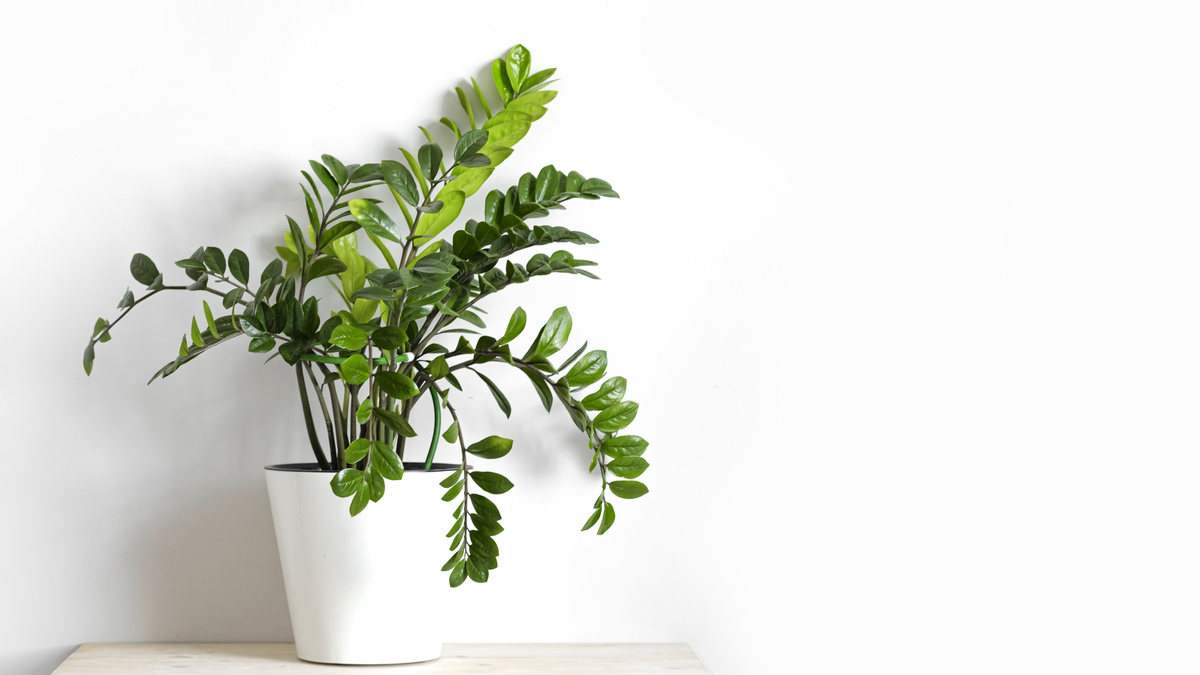
The zamioculca is a great alternative for those who wish to attract the energy of prosperity to the home, but do not have much time for the cultivation of the plant. Read below to learn the best care tips for zamioculca, also known as "fortune plant":
Origin and history
In East Africa, the Zamioculca was born, a place of unparalleled wild beauty. In its original territory, the Zamioculca grows under the canopy of larger trees to protect itself from the intense sun.
Since its arrival in China the plant has received new meanings, being associated with material gains and the ability to attract prosperity to the home in which it lives.
The Chinese belief of Feng Shui associates the zamioculca plant with material wealth and luck. However, for its effect to be obtained, it is necessary that the plant is positioned in the direction of the entrance of the residence or office in which you will live.
Benefits attracted by the plant
In addition to adding aesthetic benefit to the environment in which it is housed, the zamioculca plant also helps on the energy point of view. For Feng Shui, the plant (also known as "money tree") is a powerful tool for those seeking to attract prosperity and luck to the environment.
Its intense green tone refers to the abundance in nature and can also be associated with dollar bills. Its use in the decoration of offices or commercial places can be very auspicious, because the Chinese esoteric belief believes that a zamioculca positioned towards the entrance door is able to attract fortune.
Price and how to care
To obtain the benefits prescribed by Feng Shui from the use of zamioculca in the environment it is necessary to make an initial investment. The simplest seedlings can be found from R$19, while the larger plants, ready to ornament large environments, cost about R$150.
The care required for the cultivation of zamioculca aims to reproduce its natural environmental conditions. zamioculca needs a soil with good drainage and watering 2 to 3 times a week in hot periods and only 1 watering a week in cold periods. The ideal environment for the plant is in the half shade.
Money Tree
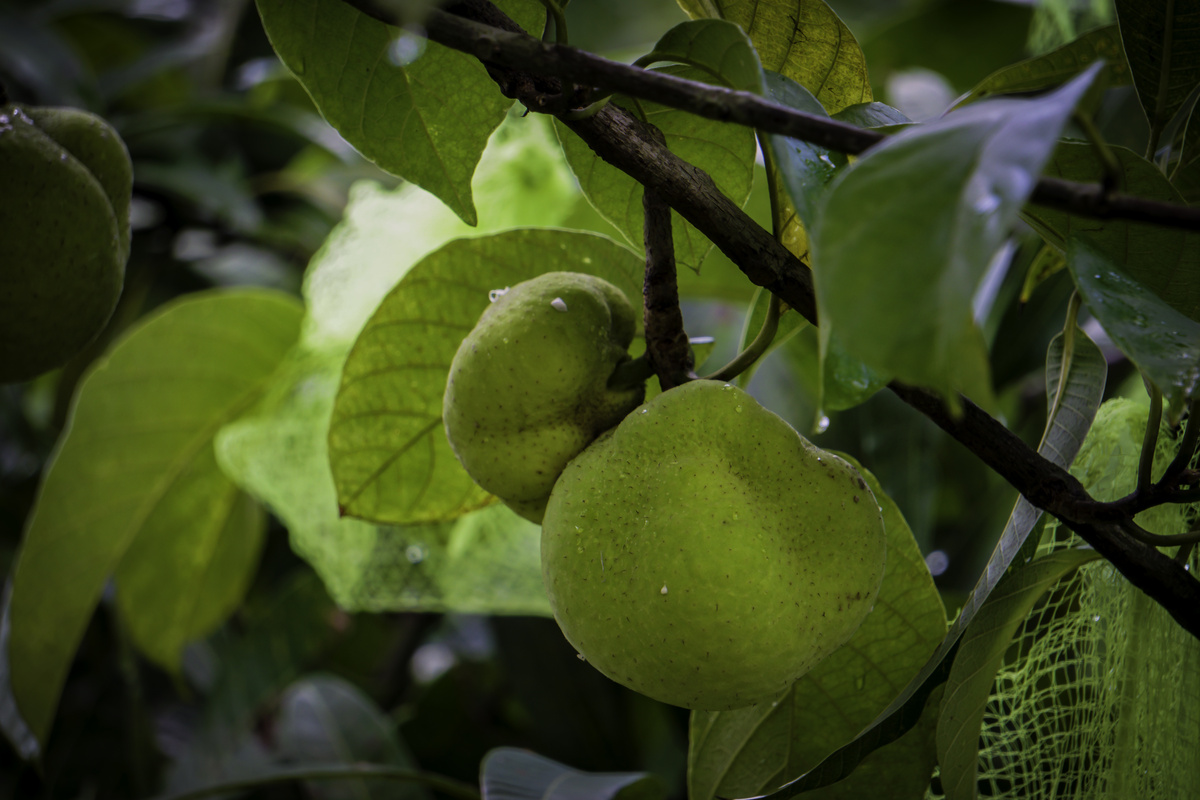
The Pine Tree (Pachira aquatica) is also known as munguba, Brazil nut, castanhola, carolina or mamorana. The plant, which can reach up to 18 meters, is known for its mystical properties of financial attraction. Learn more about the Pine Tree here:
Origin and history
Native to Central and South America, the mamorana tree has an indigenous meaning in the origin of one of its names. The name "mamorana" means "similar to papaya" in Tupi, a reference to its fruit, a nut shaped like papaya.
After becoming known around the world, the money tree gained prominence in the Chinese province of Taiwan, where it was planted as a bonsai in the 1980's. Since then the money tree has been used as a Feng Shui tool to attract wealth and good luck to the home, as well as being able to reduce the anxiety of the inhabitants of the space.
Benefits attracted by the plant
The money tree became known for its esoteric benefits from the moment it was assimilated by Feng Shui practitioners. Besides its power of financial attraction, the plant could also, according to the oriental practice, work as a channel for the existing tension in the environment capable of reducing stress.
According to Feng Shui, the plant also has the ability to attract positive energy to the place where it is placed, so it can be a great alternative for homes where there are recurring conflicts or professional environments where very dense issues are addressed. In addition, the money tree is also able to attract luck.
Price and how to grow
Those who wish to enjoy the magical properties of attracting abundance in their own home or work environment must spend a significant amount of money. The simplest and youngest seedling of the plant costs from R$50, while its already mature and leafy version reaches R$200.
As for the cultivation, the pine trees do not need much care, but as they are originally from tropical forests they need to live in environments that replicate the climate conditions as much as possible. Therefore it is recommended that the watering should be intense but sparse and, in the driest periods of the year, it is recommended to use air humidifiers.
Jade plant

The jade plant is a species of succulent known for its association with strengthening friendships. For this reason, the plant is also called the "friendship plant". The succulent is a good alternative for first-time "plant parents" looking to attract good energy. Learn about the jade plant here:
Origin and history
The succulent known as the jade plant (Crassula Ovata), also called the "friendship plant", has its origin on the African continent. Specifically in South Africa the species of succulent known today as the jade plant originated. Its name is an allusion to the precious stone, which has a color similar to the leaves of the plant.
As the jade plant became known also in the East, its symbolism associated with attracting luck and strengthening friendship relationships became widespread, thanks to the millennial belief of Feng Shui. In Chinese esoteric practice, the jade plant can be used in environments to attract the strengthening of friendships and all kinds of luck.
Benefits attracted by the plant
Being one of the most resistant succulents, the jade plant has gained the meaning of friendship, while its color and shape are associated with luck and attracting prosperity, since they resemble the precious stone that gives the species its name, as well as coins. Thus, the use of the jade plant in decoration can bring several benefits to the energy of the place, according to Feng Shui.
For those who want to strengthen the bonds of friendship of people who frequent an environment and consolidate relationships, the jade plant is a great alternative. In addition, the succulent can also be a gift for entrepreneurs, as it guarantees luck, abundance and stability.
Price and how to care
Those who wish to enjoy all the energetic benefits attracted by the jade plant need not worry about the budget, because they are found for sale on virtual platforms seedlings of the species from R$7. On the other hand, versions of the succulent in larger sizes or shaped as a bonsai can reach up to R$165.
The care required with the jade plant is minimal. As it is a plant that originates from an arid terrain, it does not require great humidity or frequent watering, thriving exactly in the opposite conditions. The plant also needs a sunny space, with direct exposure, in addition to good drainage, preventing root rot.
Pepper
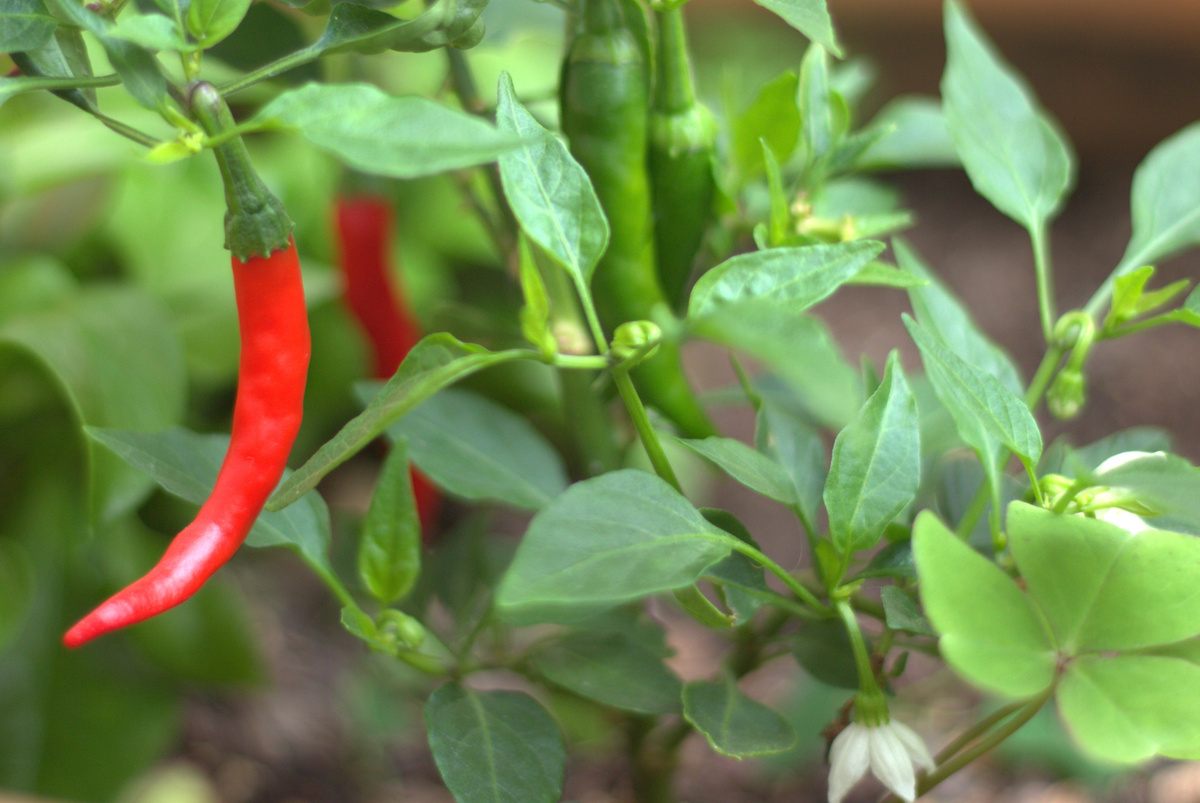
Chili peppers are famous for being much more than a simple spice. Besides adding charm to any dish, their mystical properties are related to their ability to filter negative energies and absorb them, besides attracting commercial luck because they are related to the element of fire. Learn everything about chili peppers here:
Origin and history
There are several varieties of chilis, originating from different areas of the world. However, the root of the species of the spicy condiment that is known in Brazil as chili pepper is found in Central America.
During the historical period when the great navigations and explorations of the Native American territories took place, chili peppers conquered the world. In the XVI century, the consumption of chili peppers was forbidden to young people.
The curious fact occurred due to the thermogenic properties that were seen at the time as aphrodisiacs, causing redness on the face of those who ingested the spicy food and increasing the production of endorphin, a substance that causes sensation similar to the thrill of passion.
Benefits attracted by the plant
The energetic benefits attracted by chili peppers are associated to its capacity of filtering negative energies present in the environment, which makes the plant an excellent option for those who own a commercial establishment with a large circulation of people or even those who live in a space where many conflicts occur.
The expression "dry chili pepper" came about due to the chili's ability to filter out the evil eye of any person in the room, attracting it to themselves and instantly drying them out. Furthermore, chili peppers can also be a great alternative for those who wish to balance the chi (energy) of a space, representing the fire element in the environment.
Price and how to grow
To filter the energies of an environment and attract luck doesn't demand great expenses, since the simplest chili pepper plants cost from R$5. Those who wish to have a pepper plant at home can also choose to plant the seeds of the condiment, which are sold for about R$1.
The climatic conditions for the cultivation must be favorable, because chili chilis don't survive to very low temperatures or frost, preferring sunny areas and warm weather. The watering of the chili must happen frequently during the fructification period, care that helps on the concentration of capsaicin, intensifying the burning sensation.
Avenca
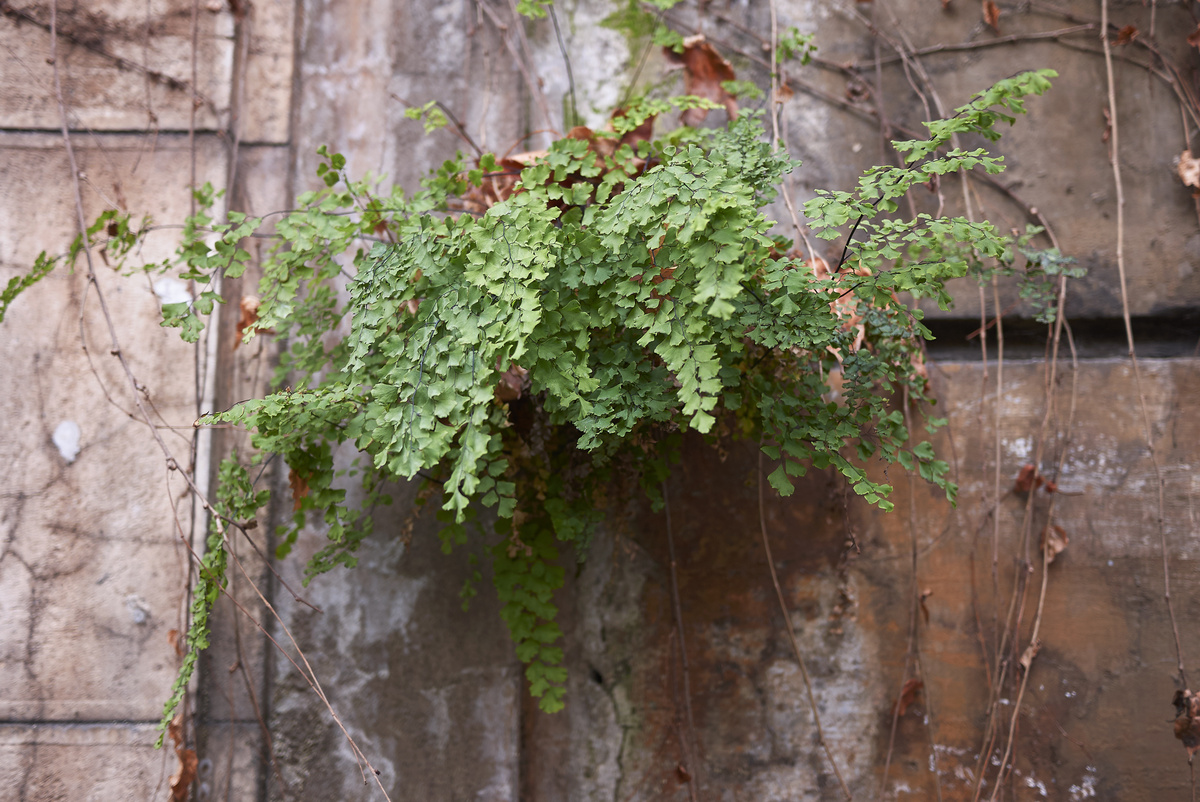
Avenca is one of the plants that, according to esotericism, is able to attract lucky intentions and scare away negativity in the environment where it is placed. Learn the history and care necessary to have the benefits of Avenca in your home here:
Origin and history
The avenca has its origin in the Greek language, translated to: "plant that does not get wet". However, the plant itself is native to Brazil. Its image is known to decorate Brazilian homes, which has given it the nickname "grandma's plant". This is thanks to the favorable conditions in the native climate for the development of beautiful avencas in national homes.
The association of avenca with the memory of childhood in grandparents' homes may also have become popular due to the esoteric properties attributed to the plant. In popular culture, avenca is one of the plants that can absorb energies.
Benefits attracted by the plant
According to Brazilian popular culture, the avenca is a plant capable of transmuting energy. That is, in an esoteric way, it can absorb the negative energies present in the environment or in those who frequent the space and transform them into positive vibrations that remain in the environment where it is placed.
On the other hand, if the energies are too charged, the avenca can wither its leaves or even die. This capacity of the plant is a way of analyzing the energetic quality of the environment and its users and allows the development of a filter in the relationships, focusing on those that present more positive aspects for all.
Price and how to care
Avenca (Adiantum capillus veneris), also known as "Venus' hair", is a plant that can be a great alternative for those who wish to add charm and attract positive energies to the space, but do not wish to make a high investment.
As for the care of the avenca, strong sun should be avoided so that the leaves of the avenca do not burn, so the ideal environment is in the half shade. The watering of this plant should occur only twice a week, never allowing the soil to remain soaked.
St. George's Sword
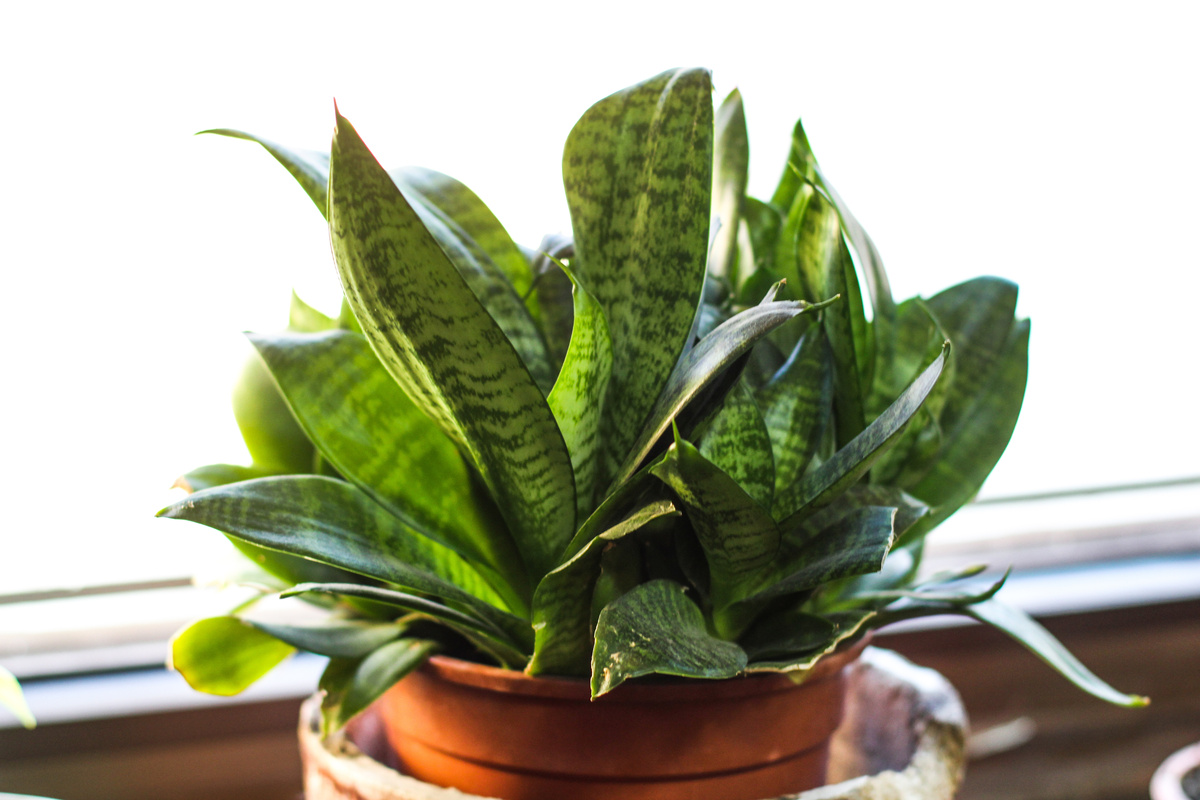
As the striking name of the sword of St. George suggests, this plant has great mystical powers of protection, being widely used in battles against the evil eye and envy. Learn how to care for its cultivation here:
Origin and history
The sword of St. George (Sansevieria trifasciata), also known as the sword of Ogum, has its roots in the African continent, but it was in Brazil that gained the mystical meaning associated with the warrior saint. In religious circles, St. George is known for fighting evil and, therefore, his name was associated with the plant that promises to scare away the negativity and envy from environments.
Another variation related to the name of the popular sword-of-São-Jorge is to call it sword-of-Ogum, in reference to the African orixá that is equivalent, in the religious syncretism, to the warrior saint of Cappadocia. The sword-of-Ogum is also used in ritualistic practices of religions of African matrix such as Umbanda and Candomblé.
Benefits attracted by the plant
The benefits that the St. George sword can attract to a home or office are directly linked to the belief that the plant has the ability to scare away the envy and evil eye. From this magical ability would repel negative energies that were directed towards the environment or its users.
Similarly, it is possible to interpret the sword-of-Saint-Jorge or sword-of-Ogum as a plant that attracts luck, since negativity is repelled. The version of the plant with a yellow stripe on the edge of the leaves, known as the sword-of-Iansã, is used to attract prosperity and abundance, being placed towards the door.
Price and how to grow
Those who wish to drive away negative energy and the evil eye from a residence or commercial establishment with the use of the sword of St. George should invest from R$10 to purchase small plants, while the adult version of the plant, with a more elongated and imposing appearance, can be found for up to R$50 in garden centres, specialist shops and on the internet.
The cultivation of the sword-of-São-Jorge demands little time for the care, but the attention to the excesses is crucial. The watering of the plant should occur only once a week in the hottest periods, always after checking the soil humidity. As for the luminosity, the sword-of-São-Jorge doesn't have many restrictions, adapting well to indoor and outdoor environments.
Four-leaf clover
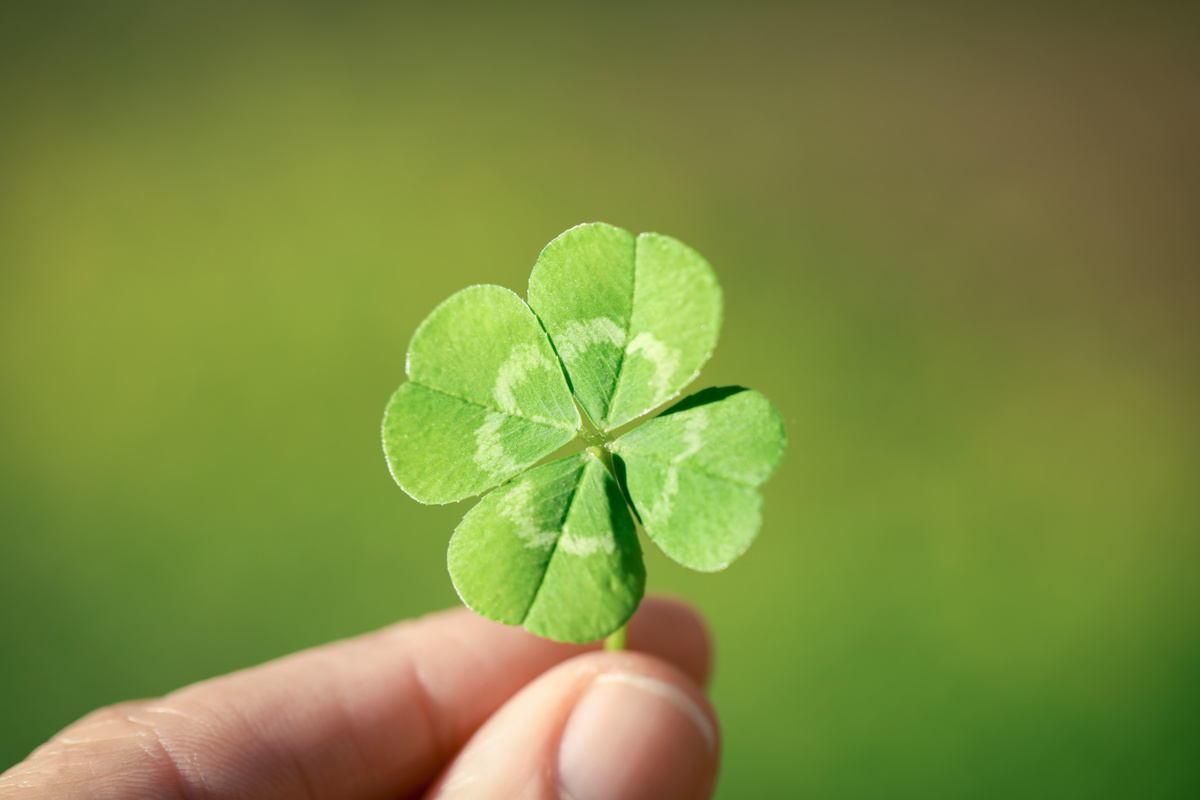
The four-leaf clover is a famous symbol of luck. Its fame is linked to the Irish superstition that people who find it gain luck. Learn the history and learn how to care for this amulet-shaped plant:
Origin and history
The origin of the plant popularly known as four-leaf clover is in Central America, but the story that associates it with the symbol of luck has its roots in Irish culture. According to legend, whoever found a four-leaf clover among the common people would have luck on their way.
Although this legend originated in Ireland, the belief has not been restricted to that location. Today, different peoples around the world believe that the clover with the fourth leaf is able to attract luck to the life of the person who carries it. Due to the belief, the original species was adapted to increase the production of four-leaf clovers.
Benefits attracted by the plant
The four-leaf clover has as its greatest benefit, under the esoteric point of view, the ability to attract luck to its bearer. One version of the legends related to the benefits of the four-leaf clover says that the person who wishes to obtain luck from the plant must be gifted with a specimen after giving it to 3 other people.
In Ireland and England, about 200 years B.C., it was believed that the four-leaf clover would attract as other benefits the powers of the forest, as well as its protection, health and love. Nowadays, those who wish to have all these positive aspects can grow a clover seedling at home.
Price and how to care
The price of a four-leaf clover varies according to its subspecies. Purple clovers (Oxalis triangularis) cost about R$10, while green clovers (Oxalis tetraphylla) cost about R$45. Those who only want the leaf as a good luck charm can find it for R$20.
The care to keep the clover plant healthy should be constant. The watering for this plant needs to occur at least 3 times a week and the ideal ambient temperature is around 25º, that is, a mild climate. It needs sun, except in the dormant period, when it should be kept in the shade.
Aloe vera
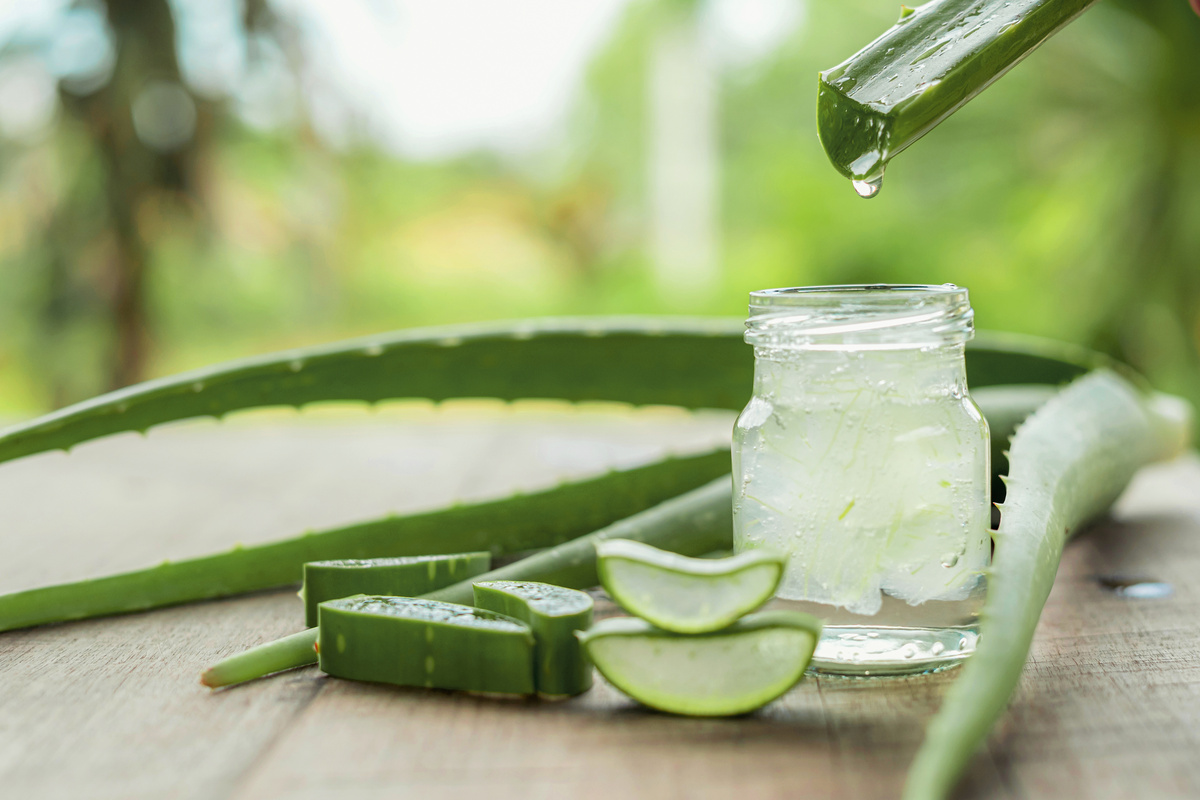
Aloe vera, popularly known as aloe vera, is the most commonly used plant for burns. But the benefits of aloe vera go beyond its medicinal properties. Find out all about aloe vera:
Origin and history
Today the plant is used throughout the world, but the origin of aloe vera can be traced back to the Arabian Peninsula and Africa. Some subspecies of aloe vera have also spread to the present-day Sahara. Its spread around the world is due to the cultivation of the plant by people who valued its medicinal properties.
There are records dating back to the first century A.D. describing aloe vera as an herbal medicinal tool used for treating various ailments. Similarly, in Ayurvedic medicine, aloe vera was already being explored as a component of natural treatments as early as the 16th century B.C.
Benefits attracted by the plant
The medicinal and aesthetic benefits of aloe vera have been known for many centuries. The plant is used for the treatment of wounds, allergies, burns and even in the hydration of skin and hair tissue. However, its properties become even greater when looked at from a mystical perspective.
Aloe vera, the famous aloe, is a powerful plant for those who wish to attract luck and keep away negative energies, as well as the evil eye. If its dense leaves wilt, it is a sign that the plant is absorbing too much negative energy and that the environment needs an energetic cleaning.
Price and how to grow
Those who wish to obtain an aloe vera at home to enjoy its medicinal or energetic benefits can find the small version of the plant starting at R$9, while for people who want the corpulent aloe vera there are options from R$50.
Aloe vera is a kind of succulent, that is, its leaves have the ability to retain liquid. For this reason, the plant does not need frequent watering. Ideally, it should be watered once a week, always observing soil humidity. As for the sun, it needs to receive 8 hours of light a day, avoiding direct intense sunlight.
Cash-in-penny
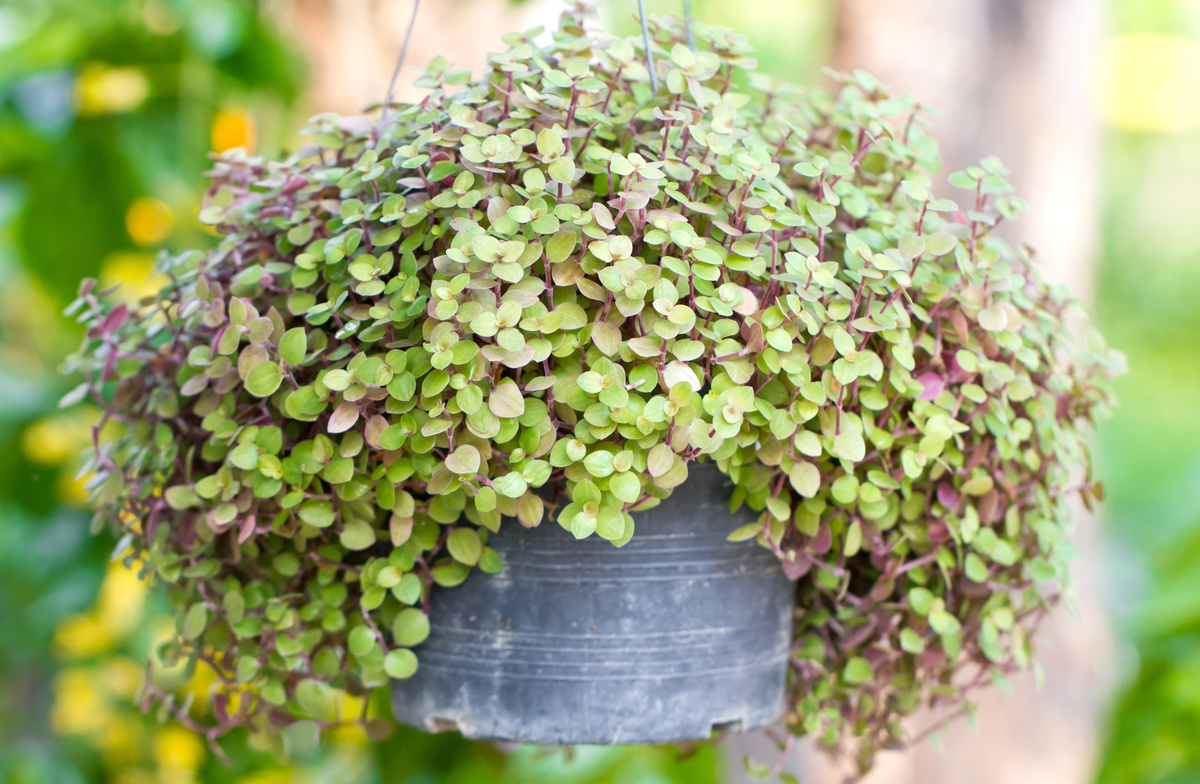
Money-in-the-pence has its mystical meaning explicit in the name. But the function of attracting prosperity does not exist only in the name of the plant. Discover here how to attract prosperity with money-in-the-pence:
Origin and history
The money-in-penny plant (Callisia repens) has its scientific name thanks to the medieval legend of the healer Callisia. The young girl was interested in the medicinal properties of plants and became the healer of her village.
After becoming pregnant, Callisia was rejected by her family and isolated in the forest, where she began to live from her herbalist practices, which earned her a handsome fortune. The news of wealth soon attracted bandits who invaded the house and killed Callisia in search of gold, but they did not find it. Years later, her daughter discovered that the treasure was hidden in the backyard, under the plant that then becamecall cash-in-hand.
Benefits attracted by the plant
The benefits of the money-in-pen are associated with luck in the finances of those who have it in their home. There are also spells that make use of the plant to enhance its magical effect and multiply money (by placing a coin in its pot) or even avoid lack of abundance in the lives of the residents of the space.
Those who wish to conquer a promotion to boost their professional career can also make use of the Pennyroyal for various sympathies, or even positioning the plant in your workspace, always mentalizing the goal to be achieved. In addition to these mystical benefits, the Pennyroyal is a beautiful ornament for any decoration.
Price and how to care
To decorate commercial spaces discreetly and attract luck in finances, it is possible to find small pots of money-in-pence for about R$10. For people looking for the leafy version of the plant for purchase, there are options that can reach up to R$90.
The care needed to keep a seedling of money-in-pence thriving involves frequent watering, maintaining soil moisture, moderate sun exposure, always opting for spaces with mild temperatures and half shade. In addition, the plant needs periodic fertilization in the soil to stay healthy and become a beautiful herbaceous pendant.
For Feng Shui, all plants can benefit a house!

Feng Shui is an ancient belief that consists in the use of nature's elements and colors to create harmony of chi (energy) of the environments. The techniques used go through decoration, landscaping and interior organization, aiming to be based on nature's elements.
The use of plants in Feng Shui is based on the principle that re-establishing the connection between man and nature causes an energetic balance in the space and, in addition, can attract prosperity. Different plants can be used for this purpose and, for Feng Shui, each one has a specific function, but they are all beneficial.

